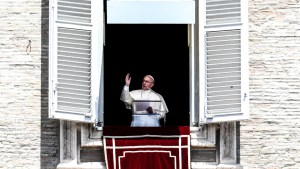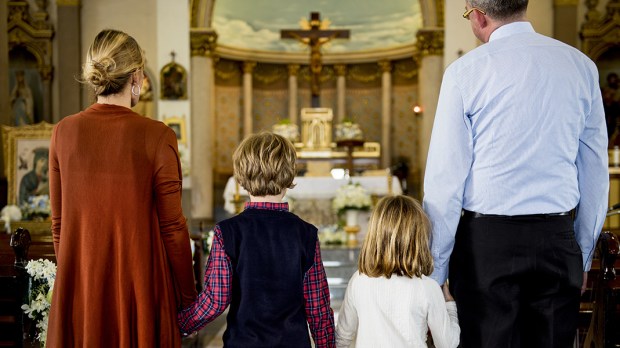The ancient Greeks had two words for time: chronos and kairos. Chronos refers to the type of time that can be measured by clocks and calendars. Kairos refers to a very different type of time altogether: sacred time, God’s time.
Today’s article is the first of a series on Catholic time, and so fitting to begin on Sunday, the Sabbath, a day meant to be set aside to contemplate the sacred.
Our Church not only marks our year with special seasons such as Advent, Christmas, Lent, the Paschal Triduum, Easter, and Ordinary Time, but popular devotion also makes it possible for every week, and every day (in some cases, down to the hour) to be illuminated with moments of kairos.
Our understanding of this helps us to live sacramentally, seeing signs and symbols of God everywhere. With greater understanding of Catholic time, we are able to feel less helpless facing life’s challenges. For example, the next time someone you care about has a difficult medical procedure to face, or even an important job interview, look at the Catholic calendar and notice which saint’s feast day the day falls on. You might be surprised what comfort this brings.
For example, I received great comfort when I realized that my father, who was born in Ireland, passed away on the feast of St. Brigid, one of Ireland’s patrons. I am close with someone who had to undergo a frightening eye procedure, and it turned out that one of the saints of the day was a patroness of those suffering from eye maladies. What a kairos this brought to an overwhelming day!
Further, the Catholic Church also has certain sacred hours within each and every day, measured by the Liturgy of the Hours, or the Divine Office.
Matins, the Night Office (during the night, usually midnight)
Lauds, Dawn Prayer (at Dawn, or 3 a.m.)
Prime, Early Morning Prayer (approx. 6 a.m.)
Terce, Mid-Morning Prayer (approx. 9 a.m.)
Sext, Midday Prayer (approx. 12 noon)
None, Mid-Afternoon Prayer (Ninth Hour = approx. 3 p.m.)
Vespers, Evening Prayer (“at the lighting of the lamps,” generally at 6 p.m.)
Compline, Night Prayer (before retiring, generally at 9 p.m.)

Read more:
A beginner’s guide to the Liturgy of the Hours
The Angelus, the prayer named for its first line: “The Angel of the Lord declared unto Mary,” is traditionally recited in Roman Catholic churches, convents and monasteries at 6 a.m., noon and 6 p.m. To this day, the most popular time to pray it remains at noon, traditional time for lunch or a pause from work.

Read more:
Pope quiz: Which Holy Father started the Sunday Angelus?
We can set our alarm to go off at these especially sacred hours of the day (well, maybe not at 3 a.m.!). Note, too, that the 3:00 hour, whether in the morning or the afternoon, is Divine Mercy hour, a time we remember the divine mercy of Christ through his death on the cross.
This series of articles will give lots of examples of how to find the kairos in every day of the week, according to Catholic tradition.
Sunday is the Sabbath, and keeping it sacred through Mass and prayer (and refraining from unnecessary servile work) is how we keep the Third Commandment.
But Sunday is also special because it is the day of the week dedicated to the Holy Trinity and the Resurrection.
So along with going to Mass on Sundays, may we take the time to pray the Glorious Mysteries of the Rosary, with particular attention to the mystery of the Resurrection and perhaps pray this very inspiring prayer to the Holy Trinity, which reminds us,
“Thy holy Name was invoked over my cradle to be my profession of faith, my plan of action, and the only goal of my earthly pilgrimage; grant, O most Holy Trinity, that I may ever be inspired by this faith, and may carry out this plan with perseverance, so that, when I have reached the end of my journey upon earth, I may be able to fix my gaze upon the blessed splendours of Thy glory. Amen.”
Thanks to the kairos of Catholic time, there is no end to the instances of inspiration that can help us persevere on the pilgrimage to the only goal that matters.
Read more:
A “Little Oratory” Can Build a Big Habit of Prayer

